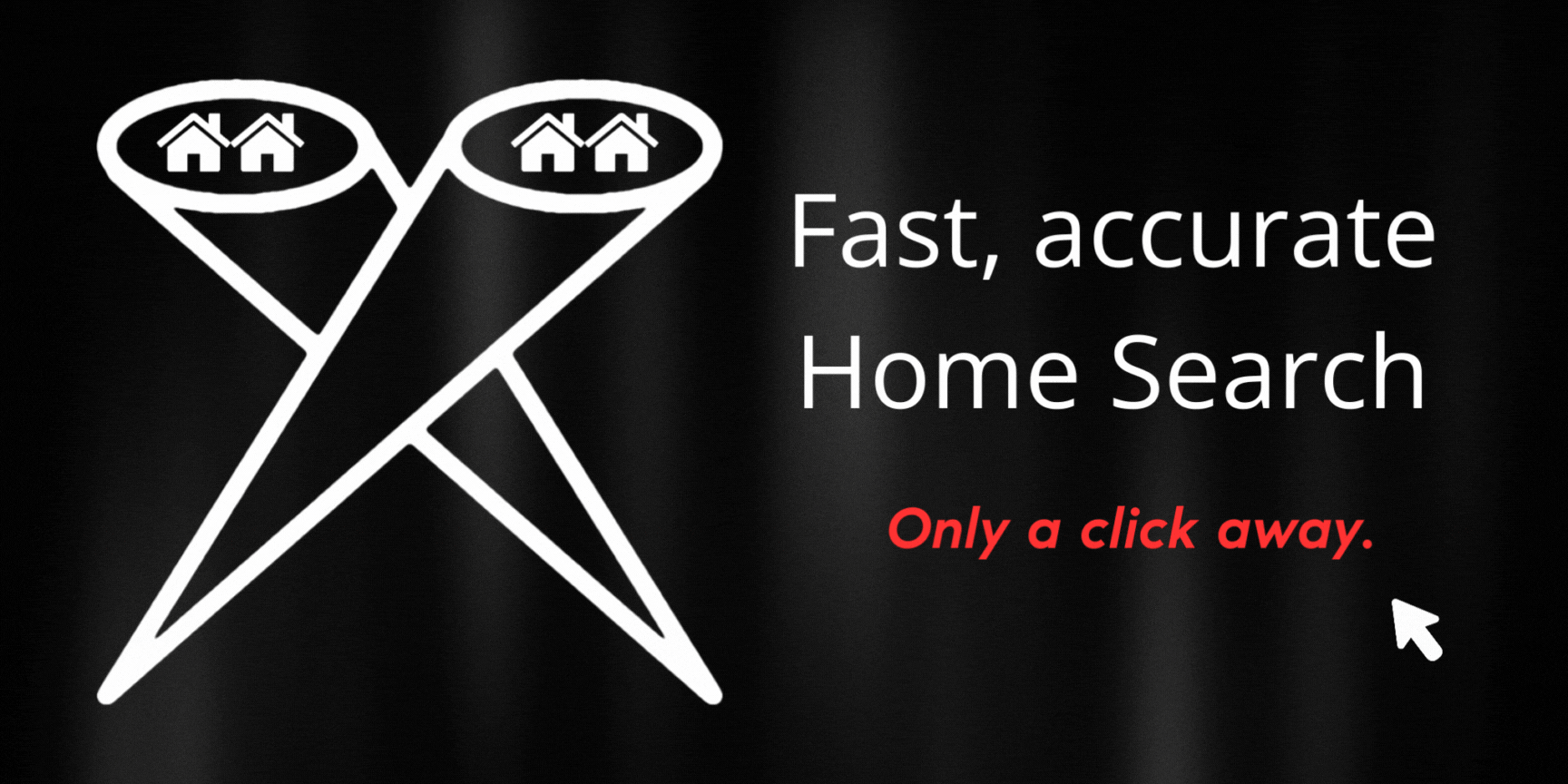Today, we’re going to discuss one of the most interesting, sexiest topics within the world of real estate: absorption rate! Ok, I’m only joking. There is actually nothing remotely sexy about absorption rate. However, it’s one of the most important parts of buying or selling a home, especially in a market as competitive as the market we have in the Bay Area.
A couple years ago, I was honored to be asked to be a podcast guest on a show hosted by Leslie Appleton-Young. If you’re not familiar with Leslie’s work, she was the chief economist for the California Association of Realtors. Within the real estate industry, she is widely considered one of the most trusted voices, thanks in large part to the presentations that she does where she offers her forecasts for the housing market in California. In real estate, we spend a lot of time looking at the past, what homes have sold for, how buyers reacted to certain amenities, and any other number of topics. However, it’s just as important to keep one eye pointed towards the future. When we use past data points to formulate a better forecast, realtors are better equipped to help our clients decide what to list their home for and what kind of offers to make on a property that they’re interested in buying.
While she was on my show, I got to ask her a couple questions, as well. One of the things I asked was what piece of information does she consider the most important when she’s putting together her forecasts. Her answer? Absorption rate. Ok, actually that’s not what she said at all. Her answer was the housing inventory. However, absorption rate and inventory are actually intertwined.
Whether you’re looking to buy a home in the Bay Area or you’re considering putting your house on the market, you should be sure to ask your realtor about the absorption rate.
What is Absorption Rate?
Within the real estate industry, the term “absorption rate” is a number that shows how quickly homes are being bought on the open market. Let’s assume that there are 600 homes on the market, and 100 homes sell every month with no new homes being added to the market. Based on those numbers, the absorption rate is somewhere around 16.67%, since 16% of homes are being bought every month. According to forecasts, that would mean that the real estate market in the area had six months’ of inventory.
This means that if those same 600 homes were listed and all 600 were bought in a month, the absorption rate would be 100%. Conversely, if only six of those homes were sold each month, the absorption rate would only be 1%. A number that low would mean that the housing market had around 8 years’ worth of inventory, which is an absolute nightmare for people trying to sell their homes.
Fortunately, the housing market in the Bay Area isn’t operating at a 1% absorption rate. We weren’t able to say that as recently as 2010, when the real estate market crashed. In fact, between 2008 and 2010, the market got flooded with highly distressed homes that went off the market pretty quickly. However, since the market was flooded, there was no buyer urgency, and many of the homes, even those that were in much better condition, sat on the market for an extended period, resulting in cancelled listings, lower offer prices, and other issues that really damaged the market.
If you ask your realtor about the absorption rate before listing your home, you should probably be happy if he or she tells you that the rate is somewhere between 30% and 60%. Based on those numbers, the market is competitive, homes are selling relatively quickly, and buyers should expect to receive fair offers on their homes.
Where is the Market Now?
Based on the data that we presently have access to as of July of 2021, the absorption rate is ticking down slightly. It had been hovering around 50%, but right now it’s somewhere around 45%. This isn’t great for sellers, but it is good news for buyers. Why is that? Because when the absorption rate goes down and homes aren’t being bought as quickly, inventory often goes up. A lot of buyers will make the decision to try to wait out the market for things to shift back to their factor.
If you’re listing your home during a period of lower absorption rates, it’s even more important than usual that you pay attention to the listing price of your home. When there’s more inventory on the market, it’s much easier to price yourself out of the market. Generally, I tell my seller clients that if their home sits on the market for more than one month, it’s probably safe to assume that the property is overpriced.
Absorption rates have opposite impacts on buyers and sellers. When the market is saturated with more inventory, prices will tick down, which is great news for those of you who are looking to buy a home. Obviously, these lower prices are a nightmare for sellers. Suddenly, a home that was worth $1,000,000 just a few months ago may now be worth $900,000. Whether you’re buying or selling a home, it’s a good idea to ask the agent who is representing you about current market absorption rates. They have access to that data and can help you make an informed decision about what you should list your home for, or what you should offer for a home that you’re interested in buying.




